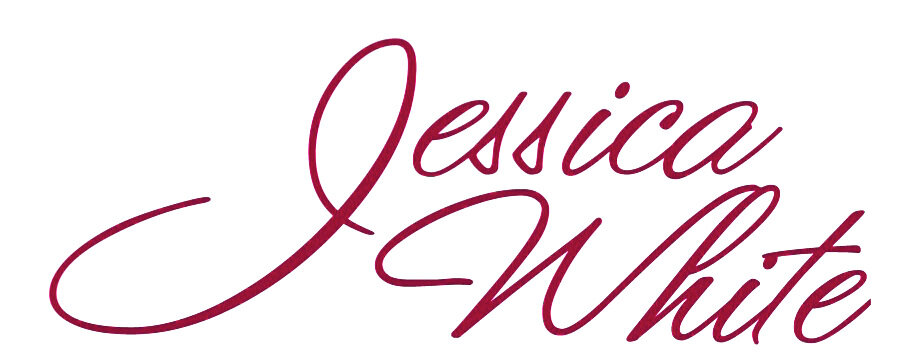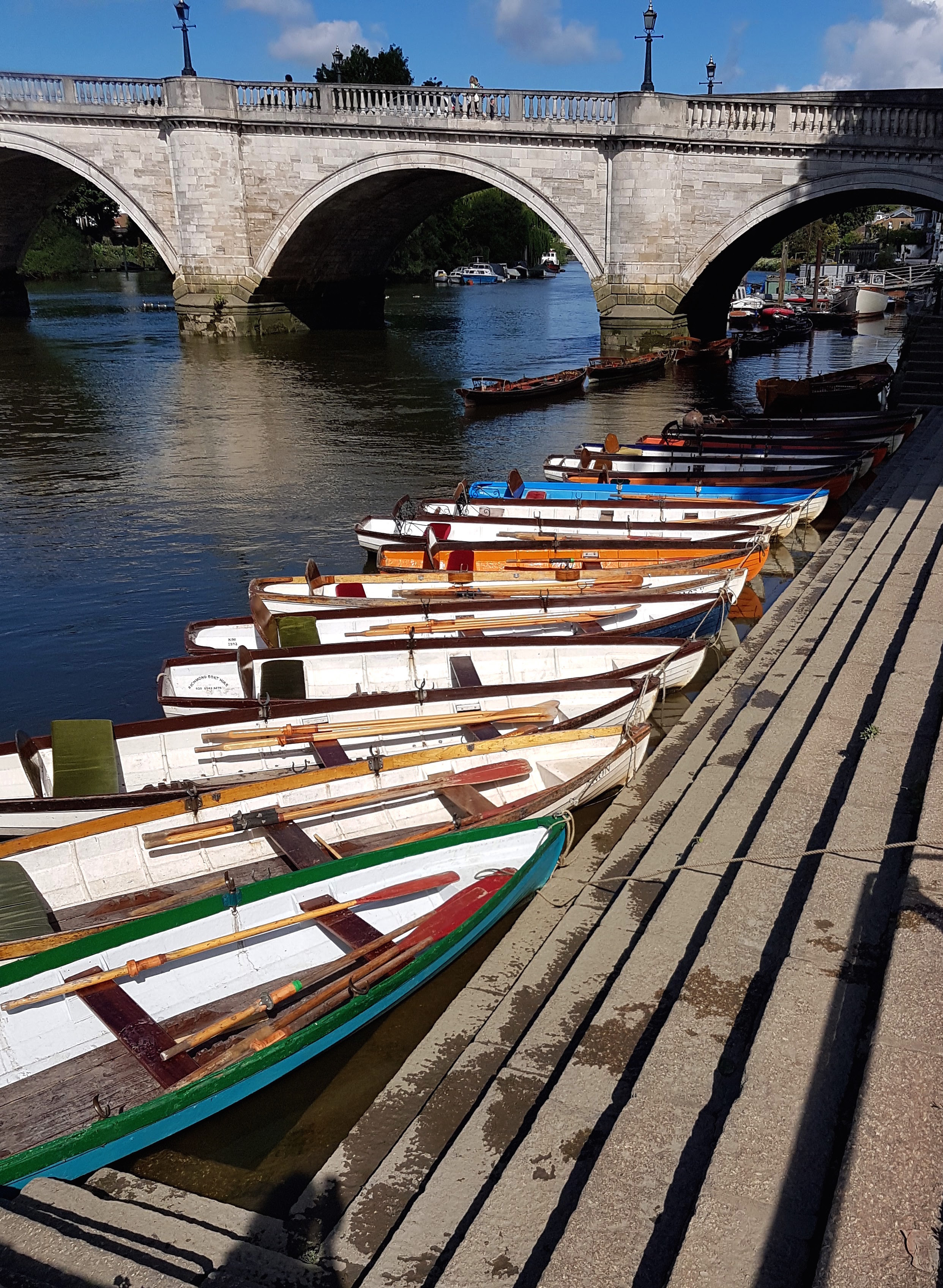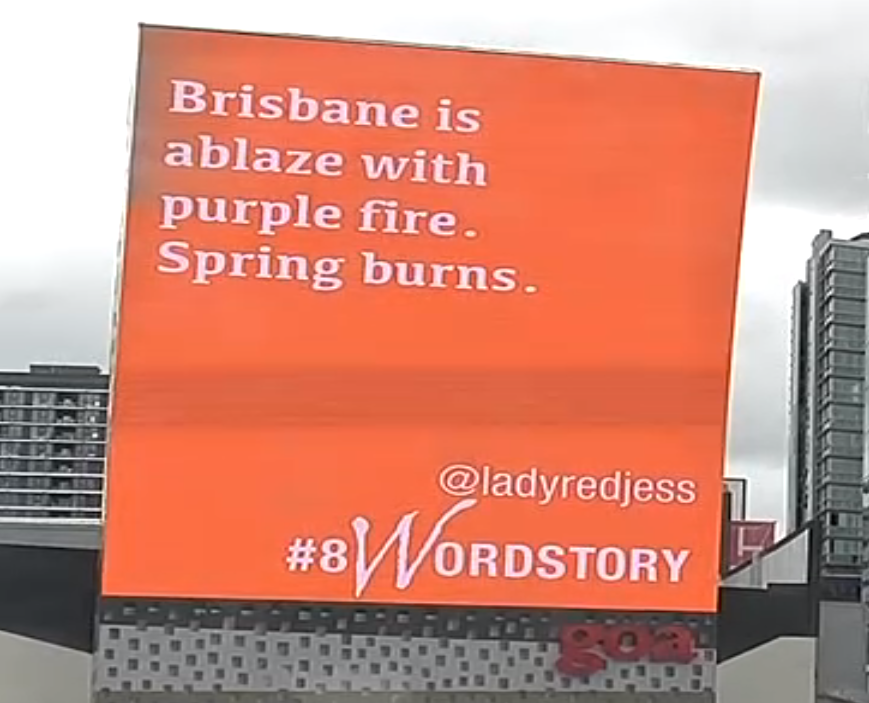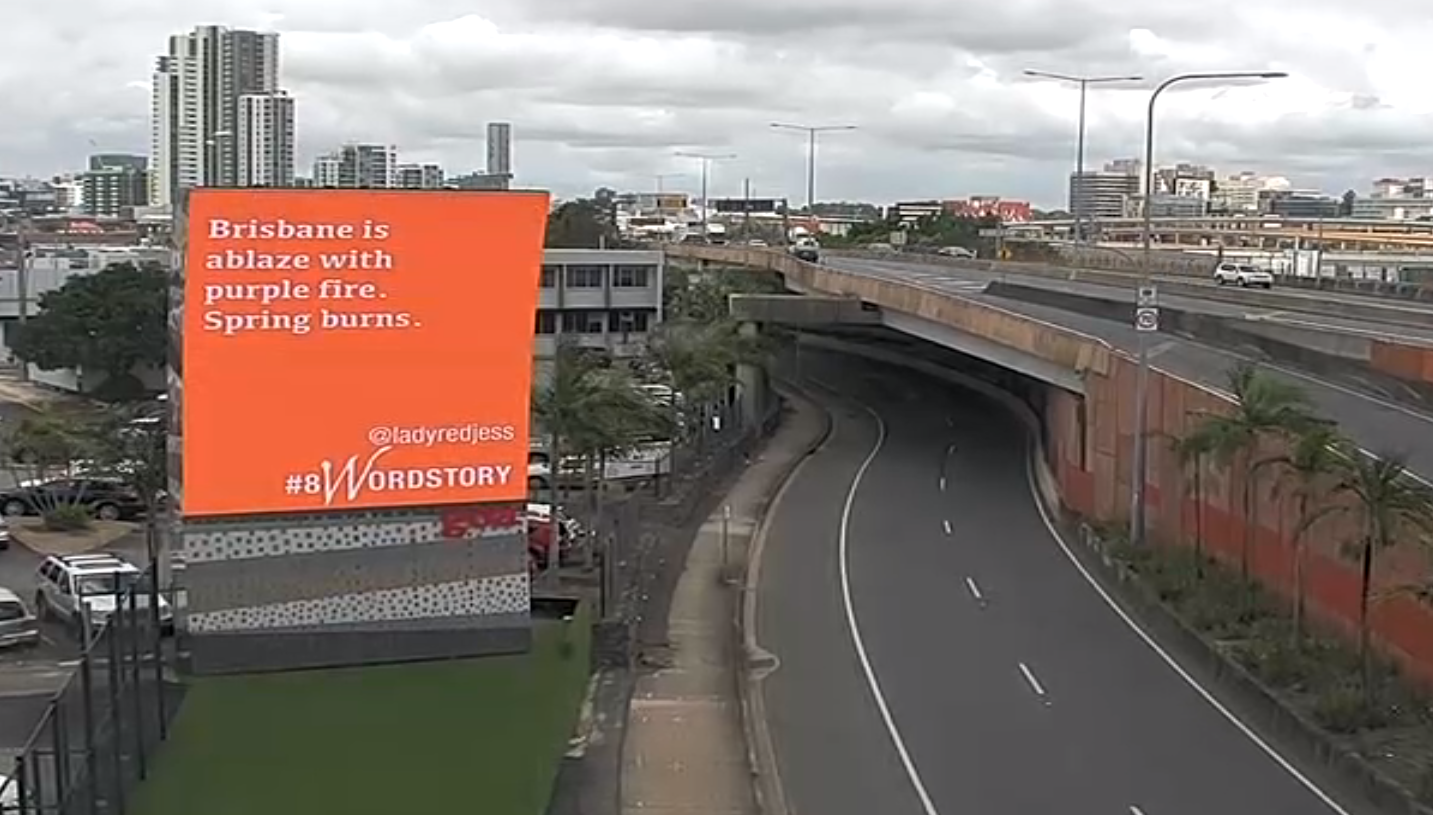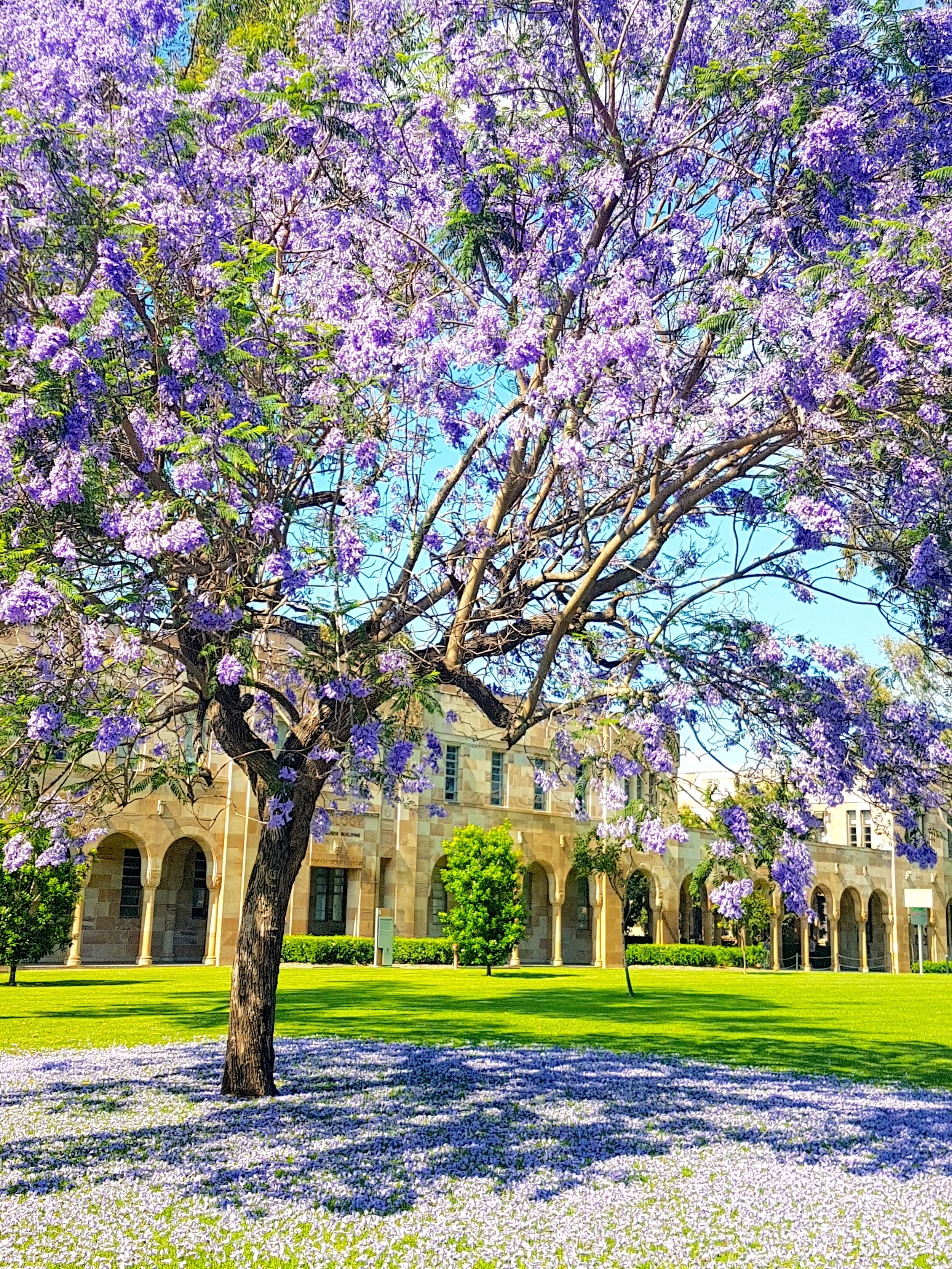It’s been nearly two months since I returned home from my research trip in England, then a holiday in Croatia, but what with jetlag, starting teaching and the obligatory bout of flu or two, it’s taken a while to get to my laptop to write up my peregrinations.
Georgiana Molloy collected specimens for James Mangles, so my aim in this trip was to research Mangles and the archives of botanists to whom he sent Molloy’s specimens. My first stop was London. My plane arrived in the morning and as the Tube doors opened and closed at the stations, I saw the riot of a green English summer beyond them. It was eerie how much I felt like I was coming home, considering how persistently homesick I had been for the four years I lived there. Maybe the city had settled beneath my skin more than I’d realised.
My first research stop was the British Library, where I had a look at Mangles’ publications. Born in 1786, he entered the navy at age 14 and left it as a captain at age 29. A year later he travelled with his friend Charles Leonard Irby in the East, and in 1844 he published an account of his travels, Travels in Egypt and Nubia, Syria and Asia Minor: during the years 1817 & 1818. His first publication, however, appeared five years before. The floral calendar, monthly and daily. With miscellaneous details relative to plants and flowers, gardens and greenhouses, horticulture and botany, aviaries, &c. &c. was an account of growing plants in small spaces, for he lived in London. His interest in horticulture may have been pricked by his journey to Australia in 1831 to visit his cousin Ellen Stirling, wife of the governor of Perth. The Mangles family were traders and, cashing in on the lust for Australian flora, he commissioned people in the colony to collect for him, including James Drummond (who wanted payment for his specimens) and Molloy.
Mangles’ letters from his correspondents, copied into two letterbooks which are kept in the Battye library in Perth, record the receipt of collections and attempts to grow the seeds he received from Australia. These connections with nurserymen and gardeners may have piqued his interest in horticulture, or it might have been a family concern, as his brother Robert raised a number of specimens on his estate.
In 1848, drawing on his naval knowledge, Mangles published Synopsis of a complete Dictionary, graphical, descriptive and identical of the illustrated Geography and Hydrography of ... England and Wales, Scotland and Ireland. In this he proposed a method, which took him twelve years to develop, of charting waters to avoid shipwrecks and ‘arrest a fearful loss of human life.’
In 1851, following the disappearance of John Franklin, one-time governor of Tasmania (from 1837-1843) in the Arctic as he attempted to chart the north-west passage, Mangles published Papers and Despatches relating to the Arctic Searching Expeditions of 1850-51. Together with a few remarks as to the probable course pursued by Sir John Franklin, etc. This was a compilation of different opinions on what had happened to the ship, such as letters to newspapers and to the Royal Geographical Society, and thoughts of Franklin’s wife Lady Jane, rather than any original writing or thoughts of Mangles’ own except through his footnoted commentary and three pages listed under Remarks. However he included his method of charting outlined in his former publication, maintaining that through his proposed Universal Illustrated Geography and Hydrography, ‘no more difficulty would be experienced in ascertaining the precise position of any required place in the world, generally, than is here encountered by discovering – by means of the Keys, Beechey Island Cape Herschel, Cape Sir John Franklin, or any other point included in our Arctic List.’ It seems that he hoped to have his method of charting put to use in the search for Franklin, and to have the larger form of his work published.
Then in 1853 he published Thames Estuary. Guide to the navigation of the Thames Mouth, and Key to the Model which was very dull indeed.
While all this didn’t make for exciting reading, it did give me a sense of Mangles as a man who was keen to make and profit from professional connections. No doubt his interest in geography underlined his publications as well; he was a co-founder of the Royal Geographical Society in 1830. When I was in London doing my PhD on Molloy I found some of his letters in the RGS archives but, not finding them very illuminating, I never transcribed them. Now I must have another look at them.
Also in the British Library was a transcribed collection of papers, including the journals written or dictated by W.J. Bankes to Mangles’ travelling companion, Leonard Irby, detailing Bankes’ journeys to and from Petra in 1818. Bankes, when he returned to England in 1820, had hoped to have these published, but nothing eventuated. He fled for Italy in 1841 after being arrested for homosexual acts, then a capital offence. His papers stayed at Kingston Lacey (which H & I visited with Parental Unit while we were in England) until it was bequeathed to the National Trust in 1981, then they were sent to the Dorset History Centre in Dorchester.
The transcriber of the journals, Norman Lewis, states that Mangles and Irby met Bankes at Aleppo in November 1817 and at Tiberius in March 1818. Bankes asked if they would accompany him on a tour beyond Jordan and around the Dead Sea and they enthusiastically agreed. They then, a bit later on, tried to reach Petra. As Bankes detested writing, Irby transcribed his journals and/or took dictation from him. However, after comparing Bankes’ account with Mangles and Irby’s 1844 Travels in Egypt and Nubia, Syria and Asia Minor, Lewis concludes that almost all of Letter V in this work was copied by Mangles from Bankes. He writes that Mangles also ‘added a map of their route, a “sketch of the ground plan of Petra” and a better sketch map of the south end of the Dead Sea than had appeared in [Bankes’] original notebook as well as a few other illustrations and fifty biblical quotations. All in all, Mangles produced a useful, straightforward account which was well received. It was now very much his text, not that of Bankes’ journals which no on except his companions had ever seen.’ Lewis also adds ‘I believe it would be fair to say that the fundamental difference between the Journals and Letter V was that Bankes conceived the Journals primarily as his record of archaeological and other discoveries, whereas Mangles simply wanted to produce a good travelogue.’
A bit of plagiarism jumping out of the archives was much more interesting than Mangles’ shipping charts! Clearly he wasn't averse to appropriation as a way of furthering himself.
